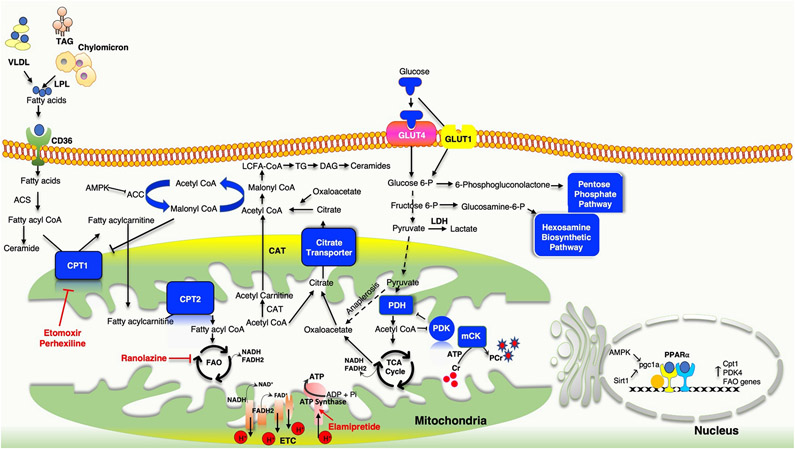Fig. 5 ∣. Metabolic flexibility and HFpEF.
Heart failure involves alterations in multiple metabolic pathways that can alter mitochondrial ATP production and substrate utilization, and ultimately myocardial energy reserve and efficiency. Obesity, which is very common in patients with heart failure with preserved ejection fraction (HFpEF), induces systemic fatty acid oversupply from adipose tissue that is re-routed to peripheral organs, including the heart. Mismatch between cardiac fatty acid uptake and fatty acid β-oxidation (FAO) leads to intramyocardial accumulation of diglycerides and ceramides, uncoupling their oxidative phosphorylation. Hypoxia facilitates the metabolic shift towards glycolysis with a subsequent increase in lactate and pyruvate accumulation owing to impaired activity of pyruvate dehydrogenase (PDH). A compensatory increase in anaplerosis diverts the products of the glycolysis towards the hexosamine biosynthetic pathway and the pentose phosphate pathway. Several metabolism-modulating pharmaceuticals are being examined in HFpEF, as in other forms of heart failure. Ranolazine is a partial inhibitor of FAO, which reciprocally increases glucose oxidation and PDH activity. Etomoxir inhibits carnitine palmitoyl transferase 1 (CPT1), which controls the access of long-chain fatty acids (LCFAs) to the mitochondria for FAO. Elamipretide selectively targets the electron transport chain to increase energy efficiency. ACC, acetyl-CoA carboxylase; ACS, acetyl-CoA synthetase; AMPK, AMP-activated protein kinase; CAT, carnitine acyltransferase; CD36, fatty acid translocase; Cr, creatine; DAG, diacylglycerol; GLUT, glucose transporter; LDH, lactate dehydrogenase; LPL; lipoprotein lipase, mCK, muscle creatine kinase; PCr, phosphocreatine; PDK, pyruvate dehydrogenase kinase; PGC1α, peroxisome proliferator-activated receptor-γ coactivator 1α; Pi, inorganic phosphate; PPARα, peroxisome proliferator-activated receptor-α; SIRT1, NAD-dependent protein deacetylase sirtuin 1; TAG, triacylglycerol; TCA, tricarboxylic acid; TG, triglyceride; VLDL, very low density lipoprotein.

